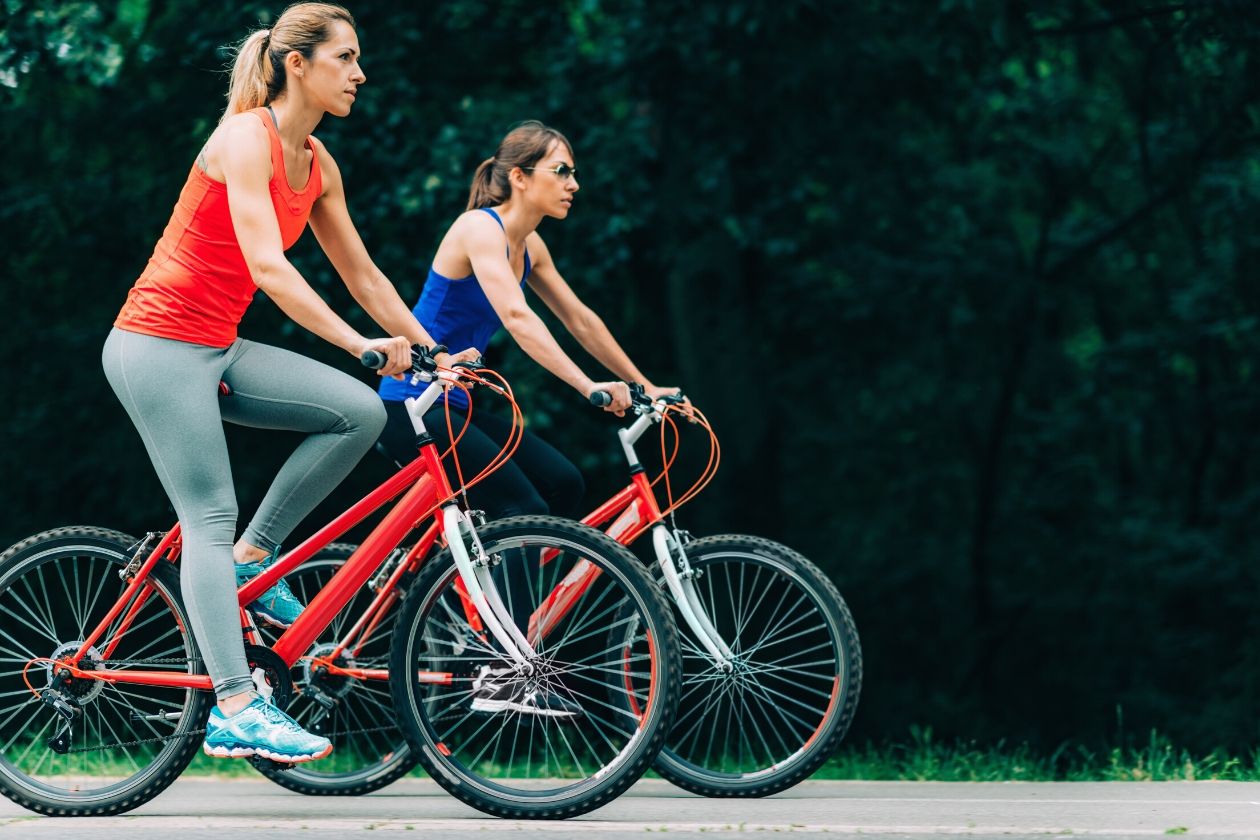Cycling is a great sport for any healthy individual. It increases your cardiovascular endurance, muscle strength, and joint mobility while it decreases stress, body fat, and depression. For those who want to get into this activity, read this beginner’s guide to outdoor cycling. You’ll learn what to look for and what to know to become a great new cyclist.
Table of Contents
Pick Your Bike
The first step to starting your life as a cyclist is to pick the right bike. There are numerous types of bicycles out there—a good starter bike is lightweight and well-balanced with skinny tires. These will navigate around trails, bike paths, and streets with serious flexibility. If you go to a local bike store to size up your bike, the salesman can help you find one that fits your body, budget, and riding style.
Gear Up
Once you’ve picked the right bike, you need to pick the right gear. This includes helmets, clothing, and accessories. Just like with your bike, you should have your bike helmet tailored to you. Everyone’s head is different, so you need something that will fit comfortably while protecting your skull from a serious accident. Now is also the time to buy cycling clothes. Cycling jerseys are sweat-resistant and regulate your internal body temperature to ensure optimal performance. You can also purchase accessories like distance trackers, tools, and tire pumps.
Join a Group
One of the most daunting parts of starting any new hobby is the idea of tackling it alone. Instead, join a cycling group. There are lots of cycling groups available depending on your age, experience or comfort level, distance, or riding style. Joining a group will motivate you to keep pace with the rest, and you’ll become an experienced bicyclist in no time. Also, many groups cater to beginner cyclists to teach proper etiquette and local routes. No matter what, you’ll have support every step of the way.
Eat Right
Of course, for any type of physical exercise, you need to eat right to fuel your body. Cycling can burn over 300 calories per 30 minutes (or roughly 14 to 15 miles). For a 25- to 50-mile ride, that’s 1,000 or more calories burnt. Given that, it’s only natural that cyclists need to eat enough to sustain their energy levels throughout. Some of the best foods for this are calorically dense, such as peanut butter, fish, pasta, rice, oatmeal, fruits, and vegetables. It’s good to keep your meals simple but effective.
Maintain Your Bike
Finally, any cyclist must know how to properly maintain their bike. Flat tires and chain breaks are the worst! Thus, you should perform regular preventative maintenance to ensure your bike is constantly good to go. Pay special attention to your drivetrain, bike chain, cables and levers, frame, and bike saddle, as these see the most wear. Replace your tires every 1,500 to 2,500 miles, your chain every 2,500 to 3,000 miles, and your brake pads every 8,000 to 10,000 miles.




